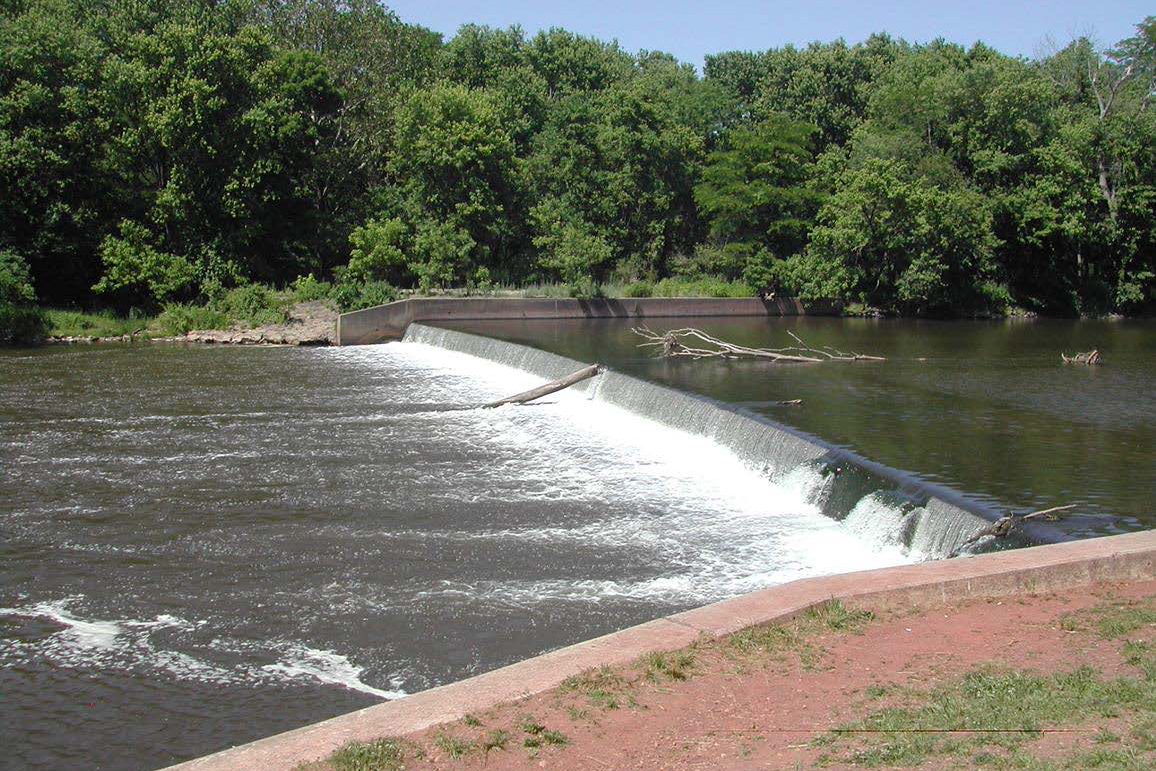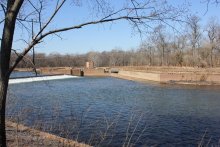Cornell-Dubilier Final Restoration Plan Includes Dam Removals, Habitat Restoration, Recreation: 20 Projects in Total
October 14, 2021
After a 30 day public comment period, the natural resource trustees for the Cornell-Dubilier Electronics site, a former electronic component manufacturing facility in South Plainfield, New Jersey, released a Final Restoration Plan and Environmental Assessment (PDF, 175 pages) on October 14, 2021.
The final plan outlines restoration projects selected for implementation by the trustees. It includes a suite of projects expected to restore the riparian and instream habitats, and natural resource services that were injured as a result of hazardous substance releases from the site. Selected projects include:
- Fish passage improvements, including up to eight dam removals in the Raritan River watershed
- Riparian restoration
- Mussel restoration
- River access and recreational use projects, including Americans with Disabilities Act accessible features
- Outreach and education
- Trash traps, and "green" stormwater management
The trustees proposed two tiers of restoration projects within the Raritan River Watershed and will implement the projects over a number of years until all remaining settlement funds are exhausted.
Many of these projects will be implemented in areas of the Raritan River Watershed that have been designated as Overburdened Communities under the State of New Jersey’s Environmental Justice Law (N.J.S.A. 13:1D-157). Primary consideration was given to projects that would restore similar resources located within the same watershed basin as the Site.
The Site is a 26-acre former electronic manufacturing facility and it is adjacent to creeks and tributaries, including Bound Brook, a tributary that flows into the Lower Raritan River, where contaminants have come to be located. The facility was in operation for nearly 30 years and, during that time, it released PCBs and other hazardous substances into the surrounding environment which resulted in injuries to the adjacent creek and at least 252 acres of forested wetland and 132 acres of emergent freshwater wetland. These habitats are home to many fish species including American shad, alewife, blueback herring, American eel, sea-lamprey and striped bass as well as year-round resident fish, freshwater mussels, and clams.
The trustees for the Site include NOAA, the Department of Interior’s U.S. Fish and Wildlife Service, and the New Jersey Department of Environmental Protection.
The projects approved in the restoration plan will be funded by the approximately through settlements with:
- Dana Corporation in 2008 (PDF, 20 pages)
- Cornell-Dubilier Electronics, Inc. in 2014 (PDF, 59 pages)
- D.S.C. of Newark Enterprises, Inc., and Anthony A. Coraci in 2015 (PDF, 28 pages)
More Information









